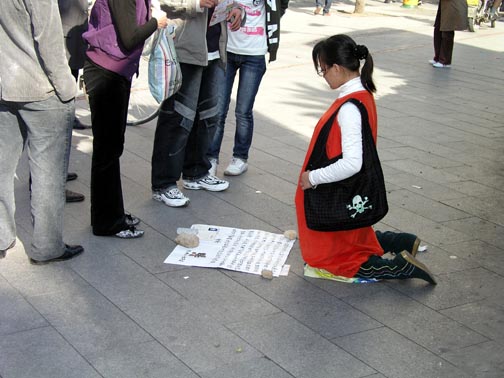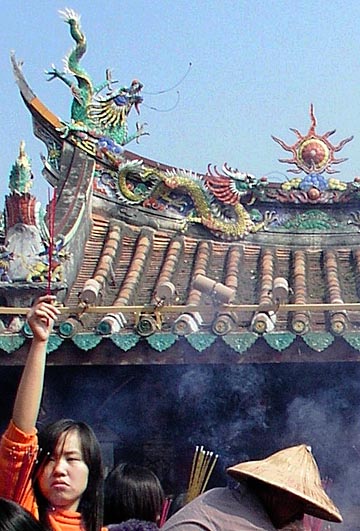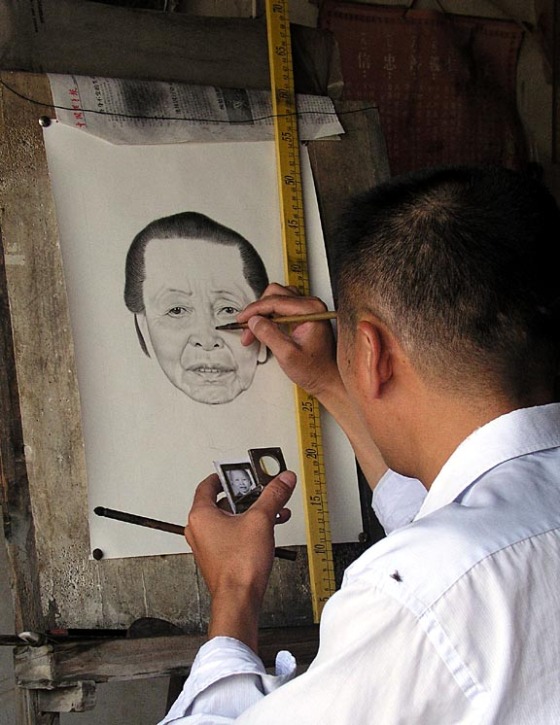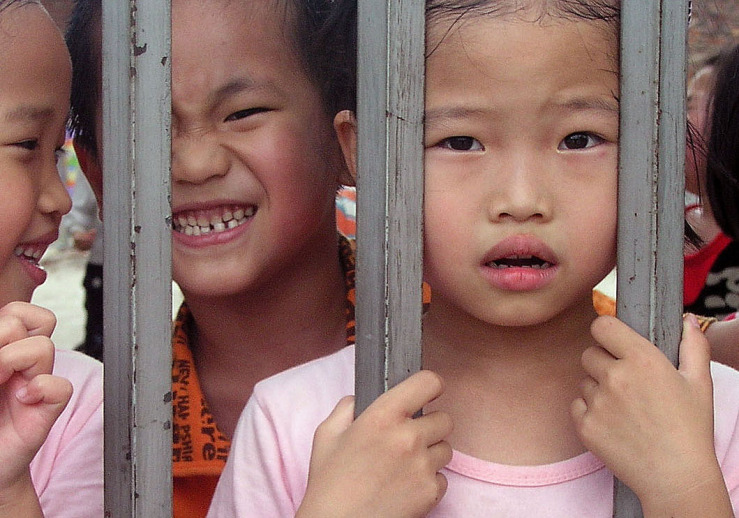A Zen monk related a story.
“Before becoming a monk I was an English teacher in 8th grade at an Experimental School south of Chengdu in Sichuan, China. One day I held up a walnut. What is this?”
They answered in Chinese.
I wrote “walnut” and “metaphor” on the board. “This walnut is like a person I know, very hard on the outside. They are very safe and secure inside their shell. Nothing can happen to them. What is inside this shell?”
“Some food,” said a boy.
“How do you know?”
“My mother told me.”
“Do you believe everything your mother tells you?”
“Yes, my mother always tells the truth.”
“Really?”
“Yes.”
“Well, that’s good, but I wonder if mothers always tell their children the truth. Why? Mothers and fathers protect their children and keep them safe. Now you are developing as a more complete and mature human being. It’s good to question things and find out the truth for yourself. Do you understand?”
Some said “yes,” others nodded passively.
“This walnut is a metaphor for the self. A symbol. The self that is afraid to take risks because they are “protected” by their shell. Maybe the reality is that the shell is empty. How do we really know what is inside.”
“It’s a mystery,” said a boy.
“That’s right, life is a mystery. How will we find out what’s inside?”
“You have to break it open,” said a boy with poetic aspirations.
“Yes, you or I will have to break open the shell, our shell, break free from the shell to know what is inside. That can be a little scary when we are conditioned and comfortable carrying around the shell every day isn’t it?”
“It’s our self,” whispered a girl in the front row.
“Very good. It’s our self, this shell and the mystery. We have to take risks and know nothing terrible is going to happen, like trying to speak English in class.”
“If we don’t break the shell we’ll never feel anything,” said another boy.
A girl in the back of the room said, “it means it’s hard to open our heart. It’s hard to know another person and what they are thinking, how they are feeling.”
“You got it,” I said. “We’ll never experience all the feelings of joy, love, pain, sorrow, or friendship and miss out on life.”
This idea floated around the room as I juggled the shell in my hand.
“I know people who grow very tired every day from putting on their shell before they leave home. It gets heavier and heavier, day-by-day. Many carry their shell into adulthood. It’s like wearing a mask. They look alive but inside they are dead. But eventually, maybe, something important happens to them at the heart-mind level and they decide to break free from their shell and see what’s inside. They say to themselves, ‘This shell is getting really heavy and I’m so tired of putting it on and carrying it around. I’m going to risk it.’”
I smashed the shell on the table. It splintered into pieces. Students jumped with shock.
“There, I’ve done it! I smashed my shell. Can it be put back together?”
“No.”
“Right, it’s changed forever. The shell is gone.”
I fingered small pieces of shell, removing them from the nut.
“See, it’s ok. Wow. Now it’s just an old useless shell. It doesn’t exist anymore. It’s history. It will take time to remove pieces of my old shell. Maybe it’s fair and accurate to say the old parts represent my old habits, behaviors, and attitudes. It happened. From now on I will make choices using my free will accepting responsibility for my behavior. And, I know nothing terrible will happen to me. I feel lighter. Now I can be real. That’s the walnut story.”
“Well,” mused a sad serious poetic girl named Plath, “I believe every living object; seed, flower, tree, and animal has an anxious soul, a voice, sexual desires, a need for survival, and feels the terror at the prospect of annihilation.”
Language dreams.
Weaving A Life (V4) - paperback and/or Kindle









 Share Article
Share Article 





